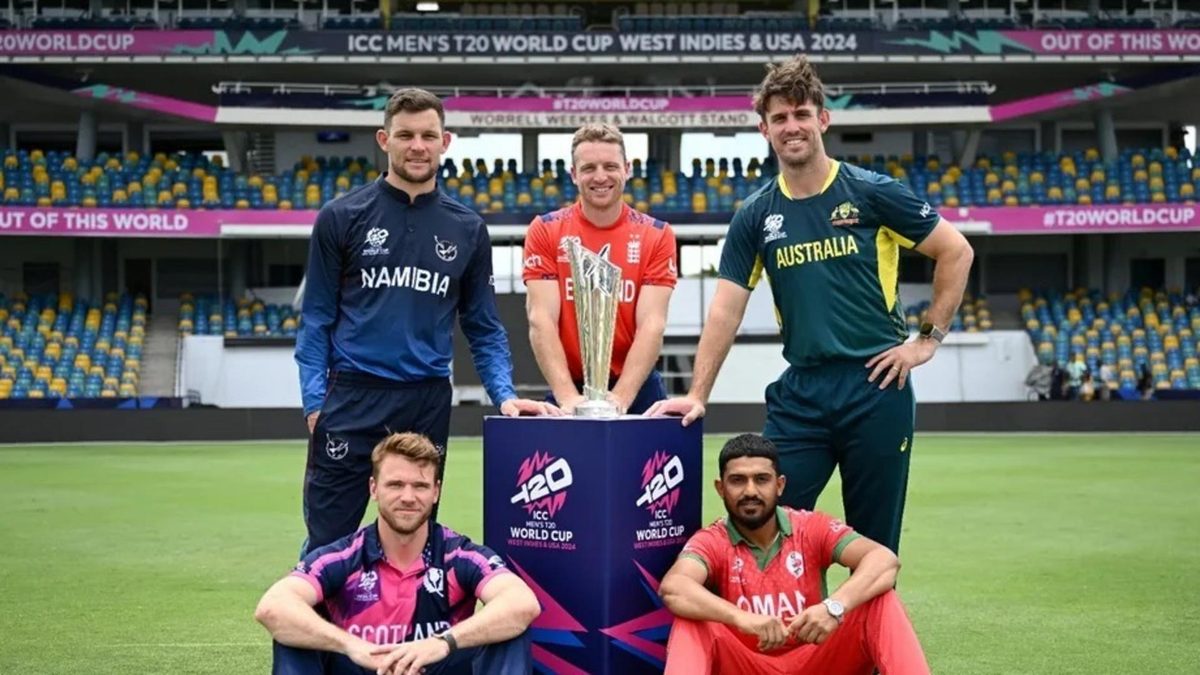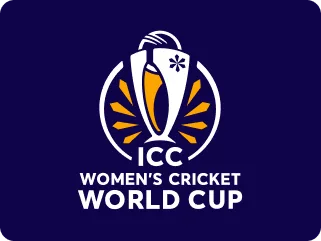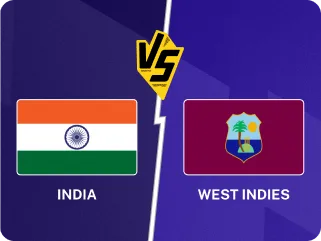
The 2024 edition has been the best World Cup in history, but there is still room for improvement.
Credit where it deserves. It has taken them decades, but the ICC finally managed to elevate the Trophy-for-the-Old-Boys-Club to the World Cup. It took them nine attempts and 17 years to make the T20 World Cup 20 teams. For perspective, it had taken FIFA 12 World Cups and 52 years, albeit interrupted by a World War, to breach the 16-team mark.
That was not the only thing the ICC changed this time. Since its expansion to 16 teams, the top teams automatically qualified, not only for the World Cup but for the second round as well. The rest, many of whom do not play the big guns outside the World Cups, had to pass a two-step authentication process to prove themselves worthy of even facing them.
It was a concept too regressive for a sport that strove to be global, even if it was as brazenly lopsided as cricket.
The ICC changed both in one go, fittingly in the first senior men’s global event not hosted by any of India, England, and Australia since 2014. They expanded the tournament to 20 teams, and ensured that the strongest team of the tournament was treated the same way as the weakest.
There was always the chance of India – the biggest crowd-puller by some distance – getting eliminated in the first round, leading to a massive financial loss for the organisers, but these are risks worth taking if you are serious about the first word in “World Cup”.
The teams responded. The Associates, starting a World Cup on same footing as the Full Members, demonstrated that the gap was narrower than perceived. Of course, the pitches helped. With no one having an idea of what to expect, the ground was somewhat levelled. On surfaces where scoring was difficult, the Associates were at least as much as home as the Full Members.
The USA stunned Pakistan and jolted India. South Africa pulled off a heist to thwart Nepal (no typo there). Canada beat Ireland. Uganda won a game on maiden appearance. Scotland impressed against England and kept Australia at bay.
Of course, there were one-sided affairs – a predictable outcome if majority of the teams are deprived of top-level cricket outside the World Cups. The newer sides found it difficult to come to terms with bowling of serious pace and wrist-spin of quality, rarities at any level.
Yet, with intelligent bowling and disciplined fielding, they competed hard until the big guns prevailed. The USA did that to India, Nepal to South Africa and Bangladesh, Papua New Guinea to the West Indies, the Netherlands to South Africa.
One-sided contests were not restricted to Full Members versus Associates either. Australia beat defending champions England comfortably. Afghanistan demolished New Zealand but lost to the West Indies by a huge margin. Scotland cruised to a resounding win against Oman.
The tag for the “best ever” World Cup can be debated, but going into the Super Eights, one can safely say that this has been the most “global” of all editions. It has also left us expecting more.
What can change for the better?
If 20 teams are feasible, why not 24? In 2021, the ICC had announced that the T20 World Cup would be a 20-team competition until 2030, but it is unlikely that anyone would mind an expansion. Zimbabwe would not, to begin with. Given how intense the competition is, the Asian sides certainly would welcome an improvement on the two slots from the Qualifiers.
Once that is in place, the teams can be split into four groups of six, eight groups of three, or six groups of four. The first two make more sense for an eight-team second stage, while the third is more feasible for the Super Sixes (though the six toppers and two best runners-ups also make eight teams).
And while on the topic of expansion, why not make everyone barring the hosts (or perhaps the defending champions) having to come through the qualifiers? More than half the teams need not earn the rights to play a World Cup by the end of the previous edition. If that is put into place, the Associates will get to play the Full Members even outside the World Cup.
The pesky predetermined Super Eights seedings can go as well. Contrary to popular belief, this is not the first time the concept has been put into place in the tournament. The 2007, 2009, 2010, and 2012 editions had used the same for the Super Eights: teams knew – if they qualified, of course – which group they would be pooled into and when they would play.
One can understand the fans’ need to plan their travel in advance. One can also understand why a comparison with the FIFA World Cup does not apply here: unlike cricket, football’s viewership (hence revenue) does not depend as much on the fanbase of one country.
The concept may look harmless: it can be argued that both Super Eights groups are equal on paper and teams gain little by qualifying for one over the other. Yet, there may be a case where teams may want to avoid a potential “Group of Death”, or simply want to face “bogey” oppositions as late as possible.
That will keep first-round matches involving the teams that have already qualified relevant. The last match of the first round this time, between the West Indies and Afghanistan, was supposed to be a marquee clash between two sides unbeaten in the tournament. It turned out to be a “dead rubber” contest with nothing to play for, for they know whom they will face in the Super Eights. At the World Cup, the fans deserve to watch every side to be at their best for every game.
And if there are an even number of sides in each group, all teams in a group can play their last matches together – a measure FIFA were forced to adopt in the aftermath of the “Disgrace of Gijon” – when West Germany and Austria contrived a result in 1982 where both went through and Algeria were eliminated. That will affect some viewership (six games, if there are six groups of four) but it will result in cricket of a more intense nature.
All in all, it has been a great spectacle, with promises for an even greater one.
Follow Wisden for all T20 World Cup updates, including live scores, match stats, quizzes and more. Stay up to date with the latest cricket news, player updates, team standings, match highlights and video analysis.








